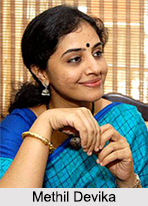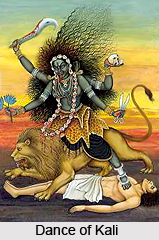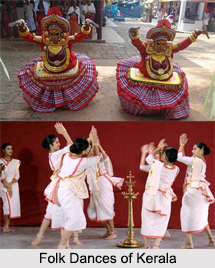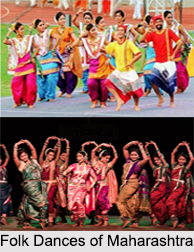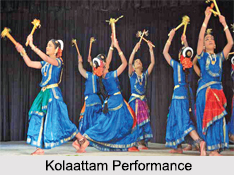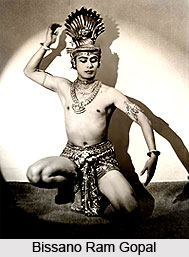 Bissano Ram Gopal OBE was an eminent Indian dancer and choreographer. He is regarded as the first to showcase Indian classical dance in the West starting. He was a modernist and blended the classical Indian dance with balletic choreography. As a dancer, he had performed in various parts of the world. He was described as "the Nijinsky of India" by polish critic Tadeusz Zelenski. He was honoured with the Order of the British Empire (OBE) for his services to dance.
Bissano Ram Gopal OBE was an eminent Indian dancer and choreographer. He is regarded as the first to showcase Indian classical dance in the West starting. He was a modernist and blended the classical Indian dance with balletic choreography. As a dancer, he had performed in various parts of the world. He was described as "the Nijinsky of India" by polish critic Tadeusz Zelenski. He was honoured with the Order of the British Empire (OBE) for his services to dance.
Early Life of Bissano Ram Gopal
He was born on 20th November 1912 in Bangalore, India to a Burmese mother and a Rajput father. His father was a barrister. He developed an interest in dance since a very early age. In the beginning, he learnt Kathakali from Guru Kunju Kurup and Chandu Panickar. Later in his early forties, he learnt Bharatanatyam from Gurus like Meenakshi Sundaram Pillai of Pandanallur style and Muthukumaran Pillai. He also learnt Kathak from Sohanlal and Bowri Prasad and even Manipuri dance.
Career of Bissano Ram Gopal
In his dance career, Gopal had toured and performed in various parts of the world. In the 1930s, he was invited to the United States by La Meri to tour with her through Asia. La Meri was an American dancer who specialised in non-Western forms of dance. He made his first solo performance in New York City in 1938, at the 46th Street Theatre.
In 1939, he was invited along with Kathak dancer, Sohanlal to perform in Paris. In the same year, he made his London debut at the Aldwych Theatre which garnered him immediate fame. He returned to India during the World War II. As a solo artist and also with his company, he had toured the world extensively. His production soon became popular for costumes, staging and lighting.
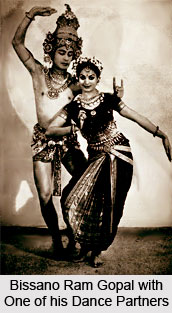
In 1948, he got the opportunity to appear at the New York Golden Anniversary International Dance Festival at NYC`s City Center where he represented India. He next represented India at the Jacob`s Pillow Dance Festival in the Berkshires in 1954 and Edinburgh Festivals in 1956.
In the 1960s, he collaborated with ballerina Dame Alicia Markova to create a duet "Radha-Krishna", based on Hindu mythology. The collaboration featured him in the role of Krishna while Alicia danced as Radha. In the later years, he paired up with artists like Mrinalini Sarabhai, Kumudini Lakhia and Tara Chaudhri and performed in various programmes.
In 1951, he published "Indian Dancing". Then in 1957, he published his autobiography "Rhythms in the Heavens". He also founded two dance schools for a short period, first in Bangalore before moving to England and later "Academy of Indian Dance and Music" in London in 1962. The French filmmaker Claude Lamorisse made two films in his honours namely "Aum Shiva" and "Ram".
Personal Life of Bissano Ram Gopal
During the 1960s, Ram Gopal was briefly married to Edith Alexander. However, the marriage ended only a few years later, with her death. The couple had no children. He breathed his last on 12 October 2003 in Norbury Care Home in Croydon, South London, UK.
Achievements of Bissano Ram Gopal
•In 1999, he received an Order of the British Empire (OBE) for services to dance.
•In 1990, he was honoured with the Sangeet Natak Akademi Fellowship, by the Sangeet Natak Akademi, India`s National Academy for Music, Dance and Drama.
